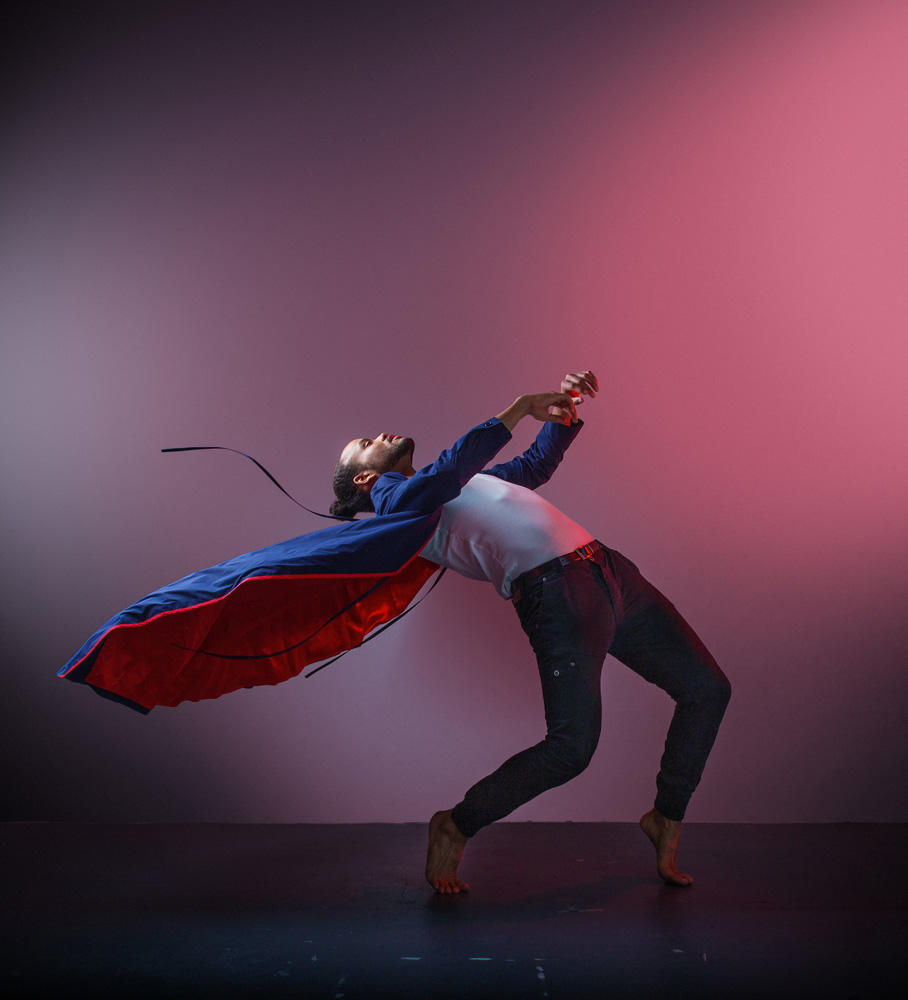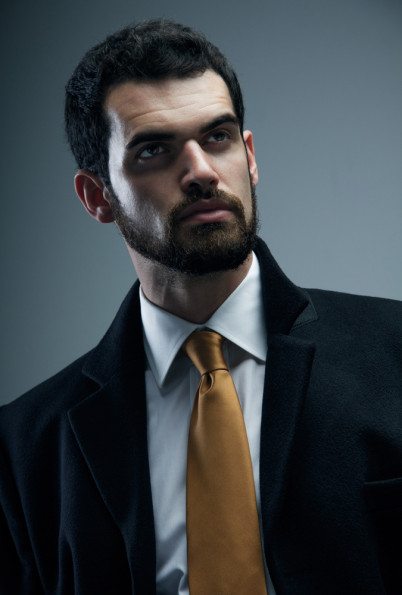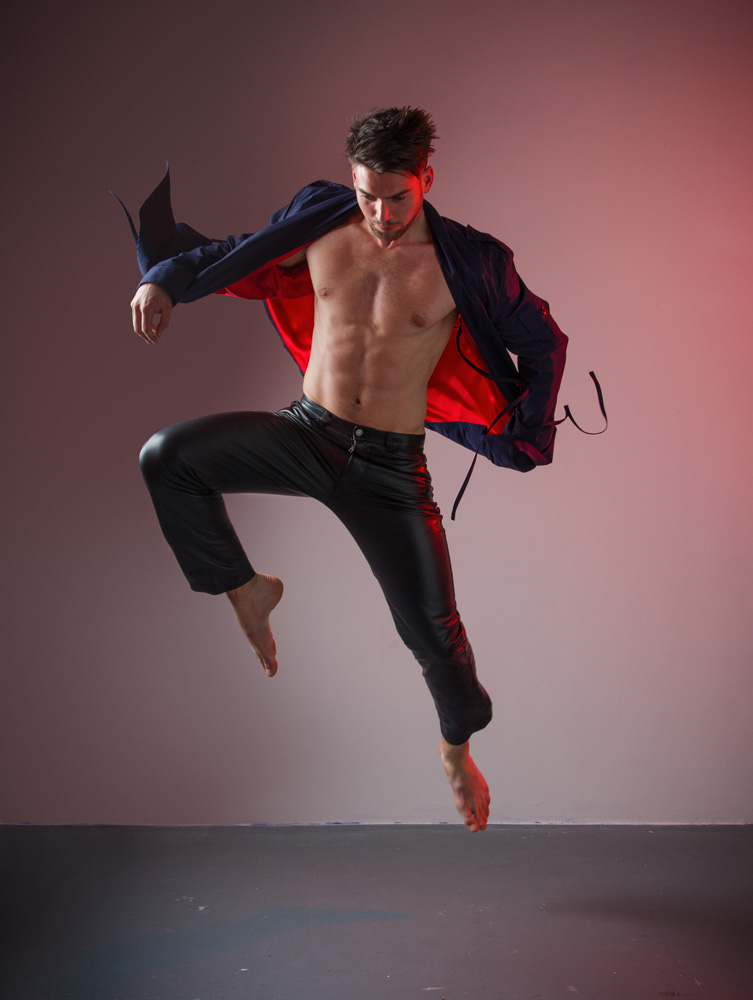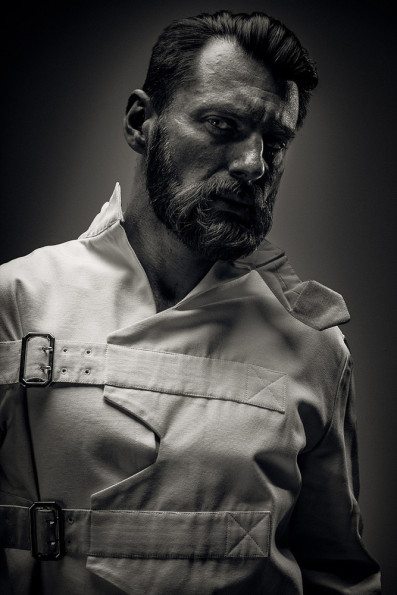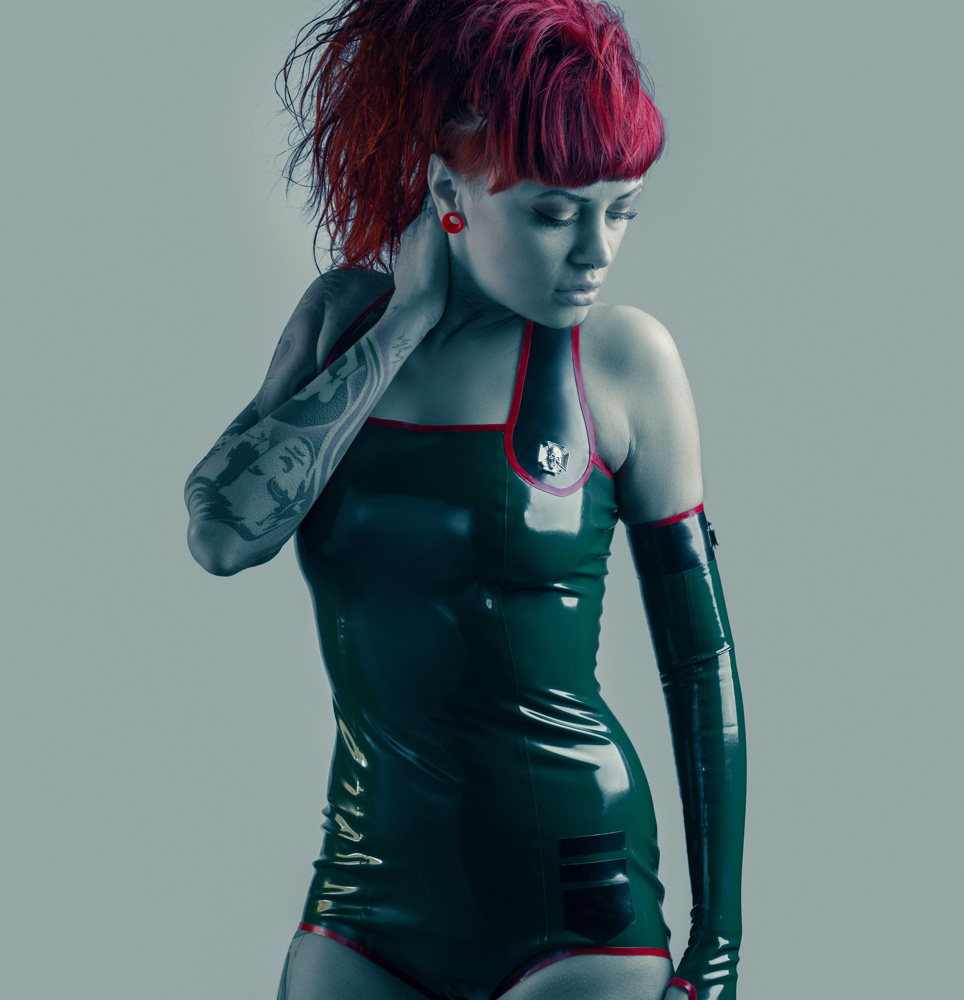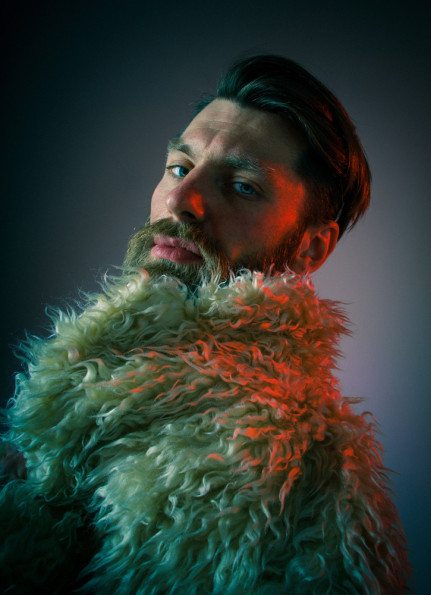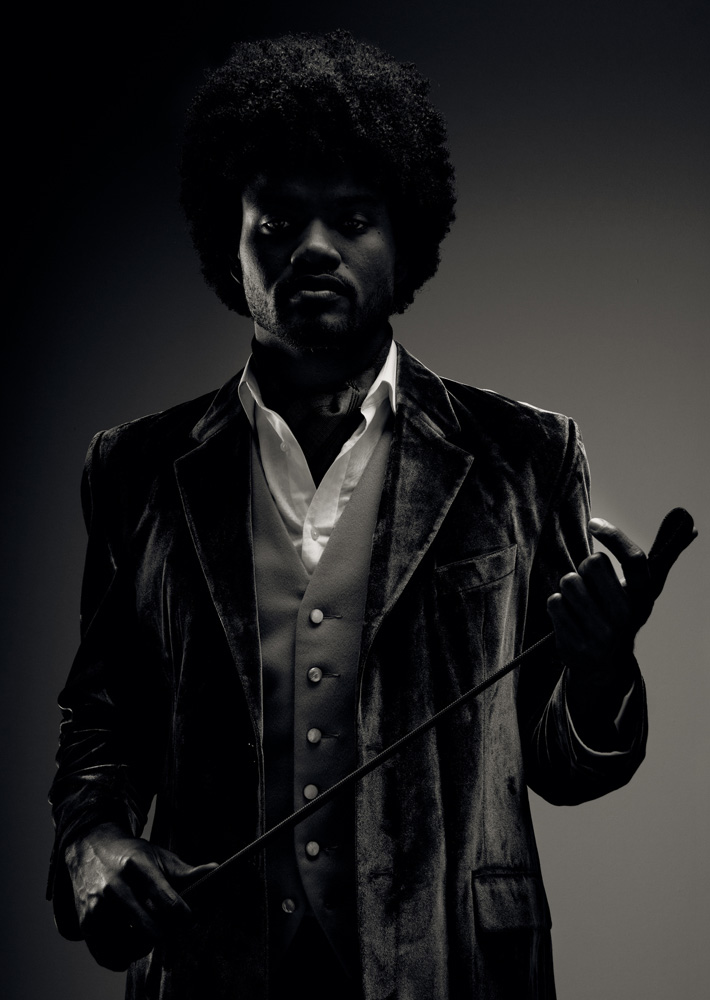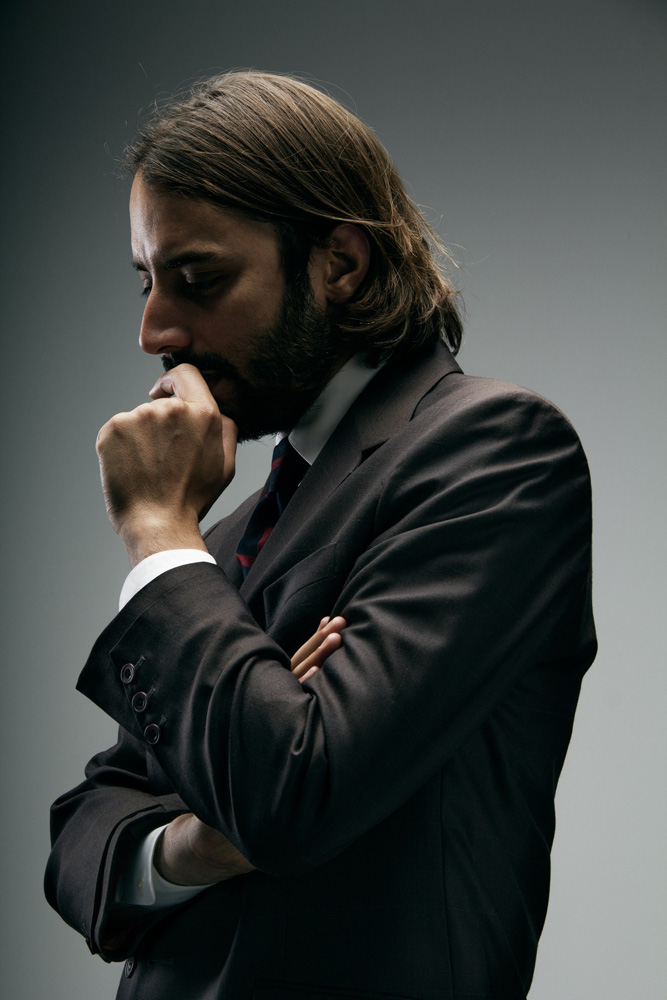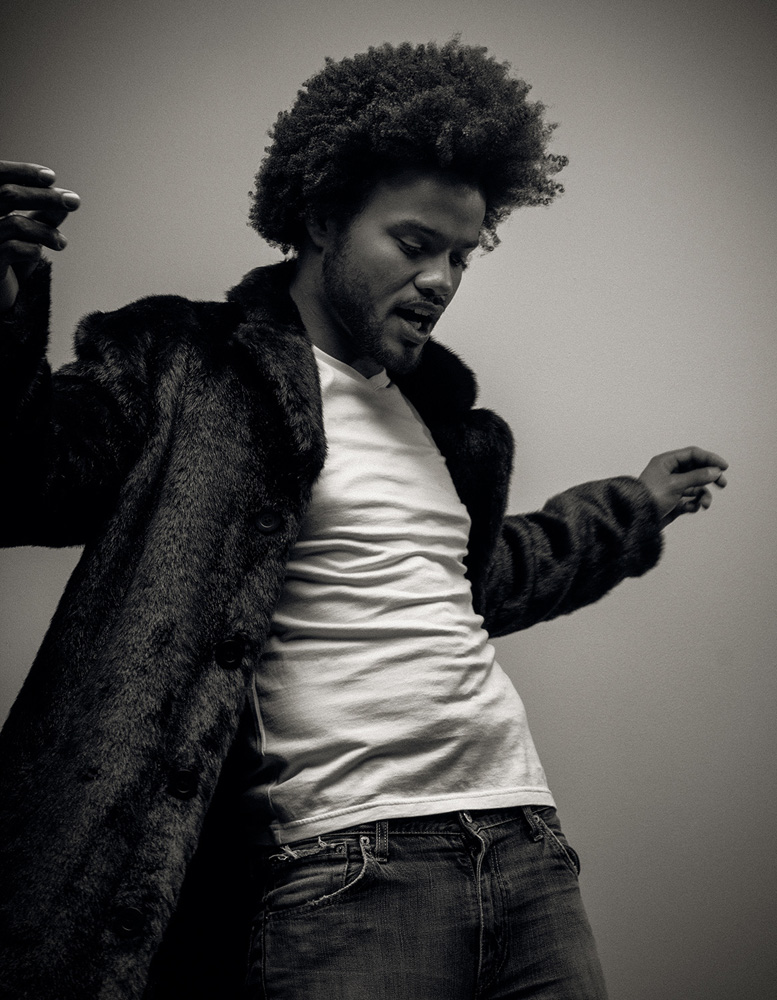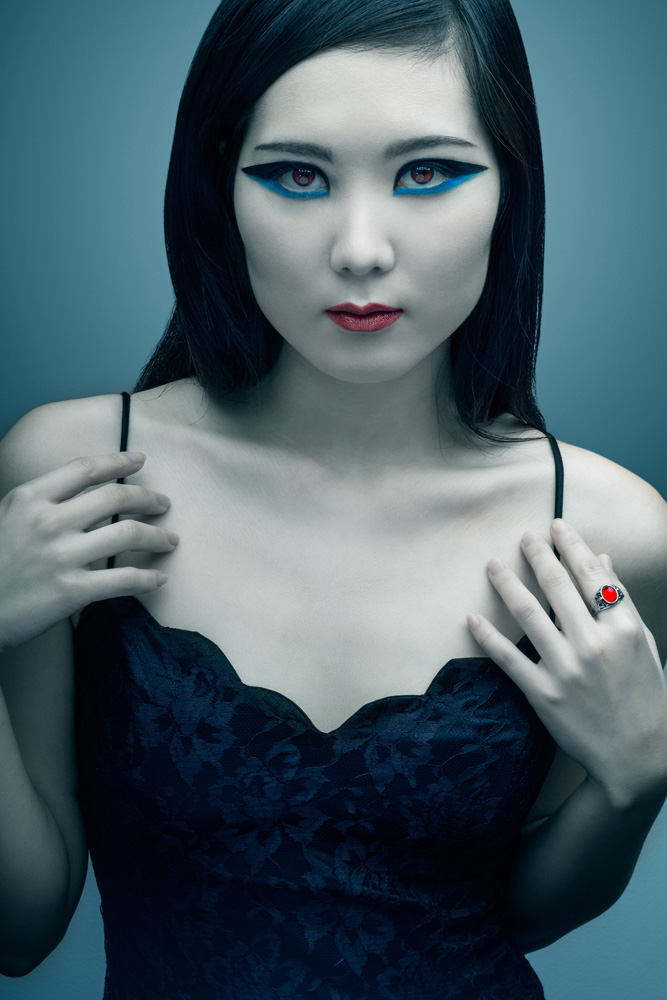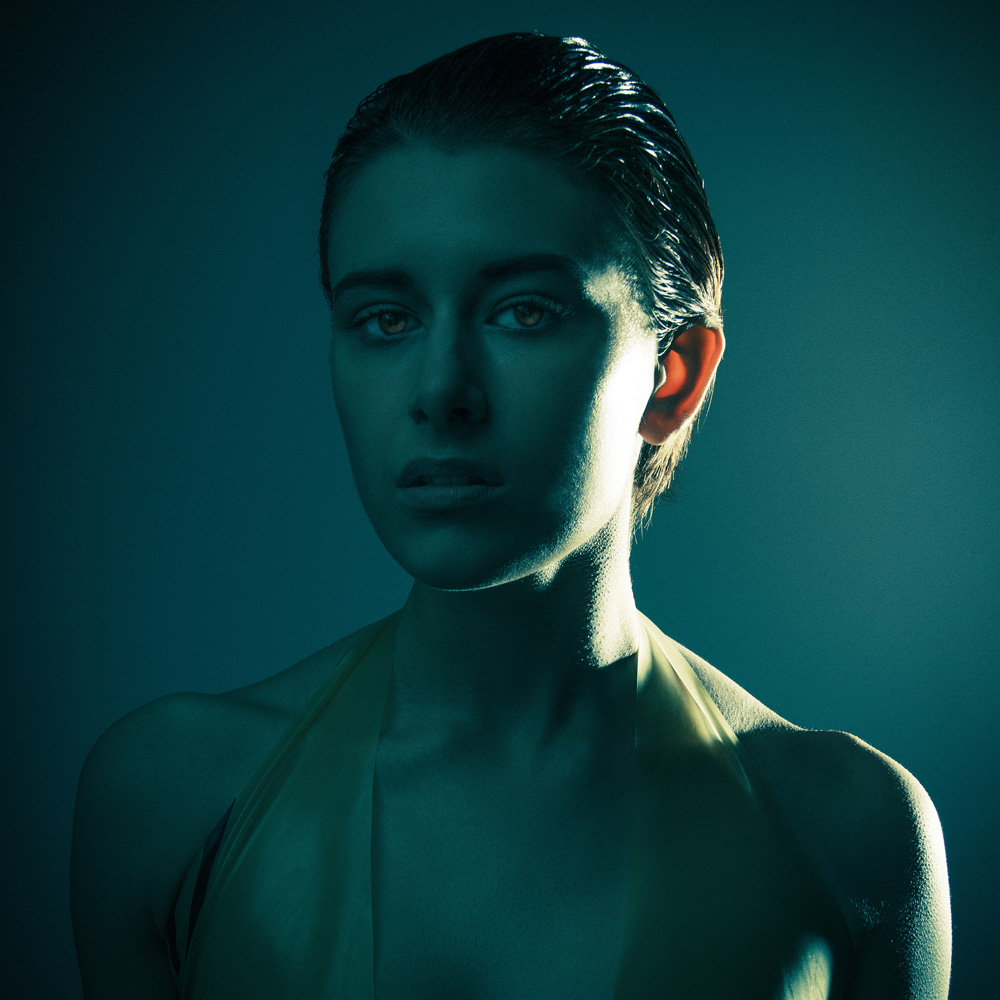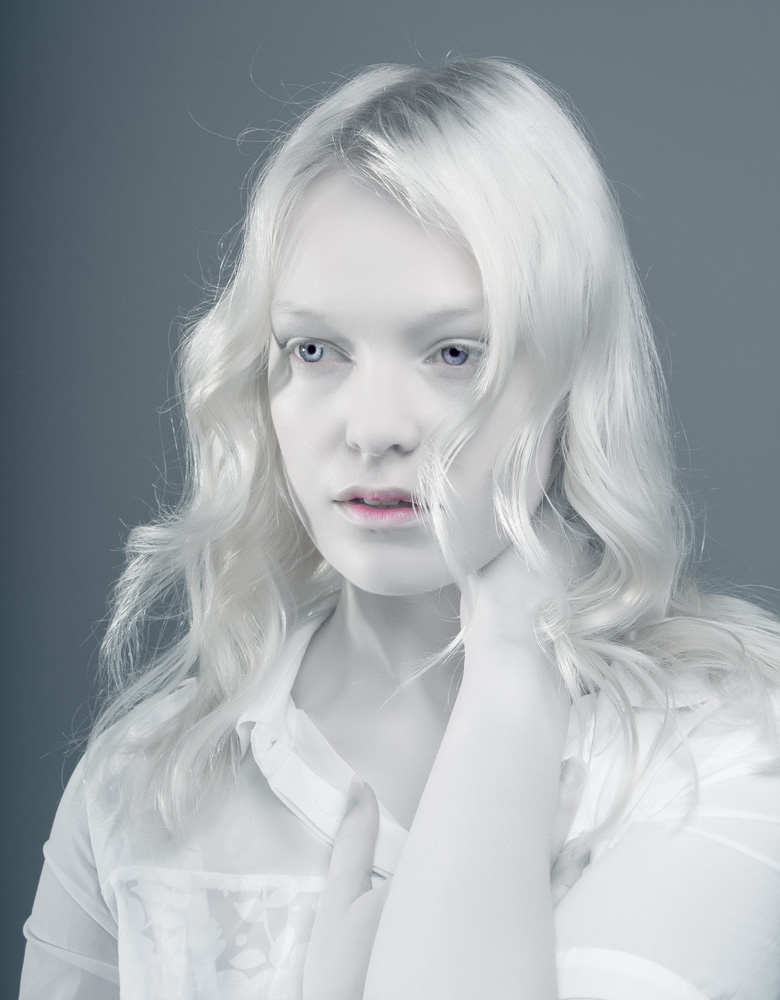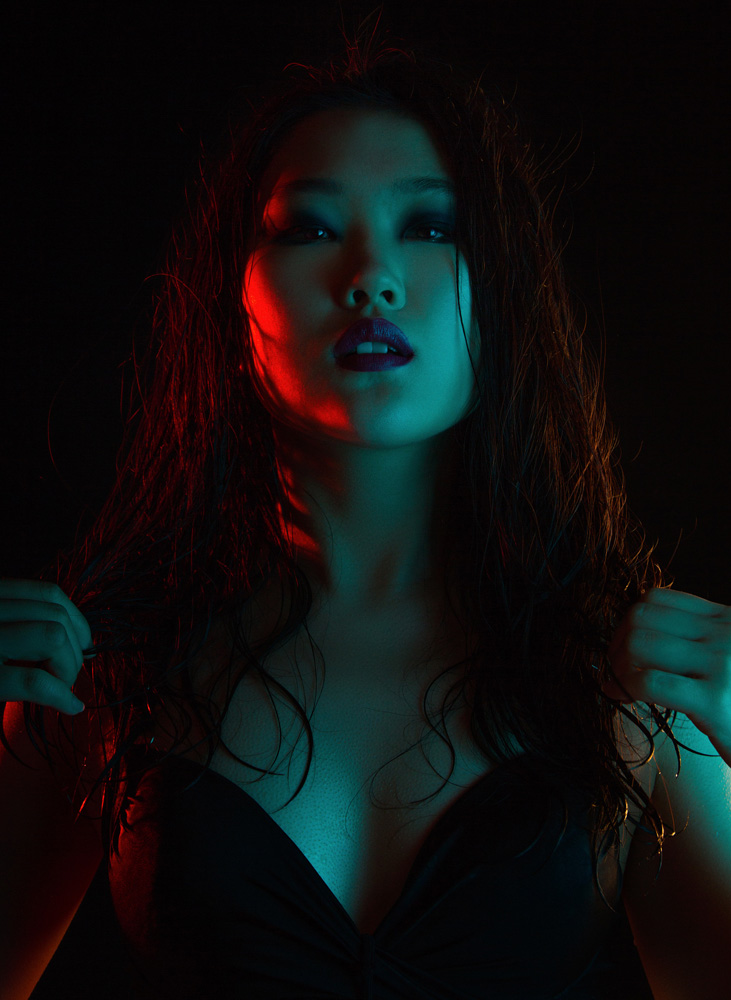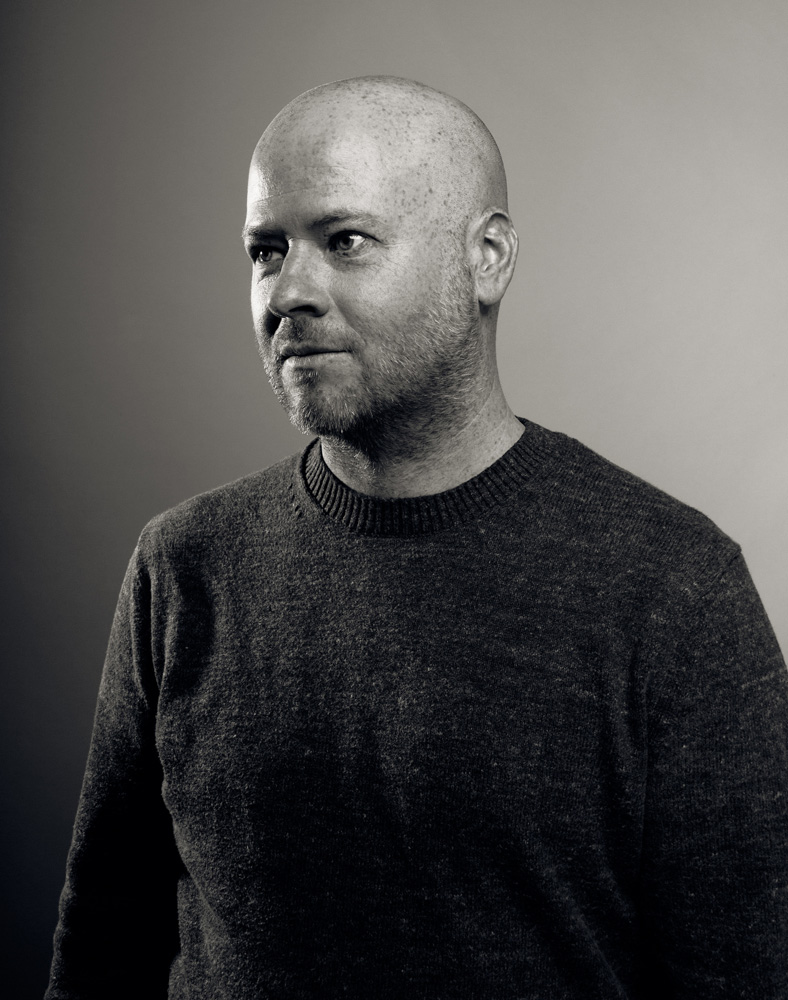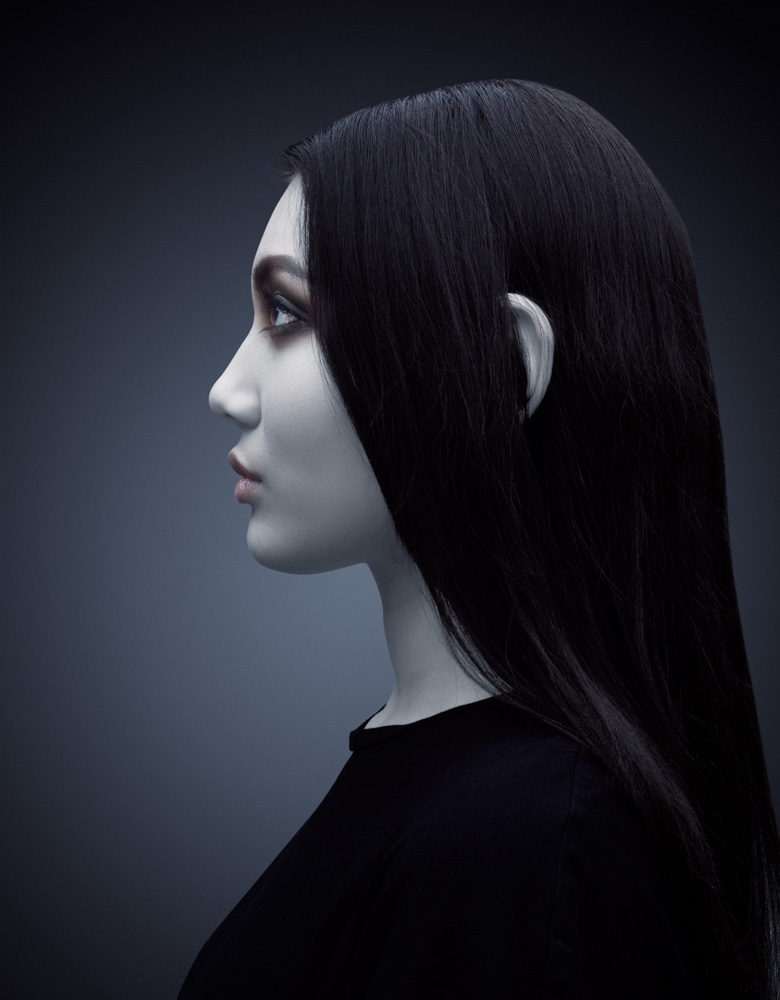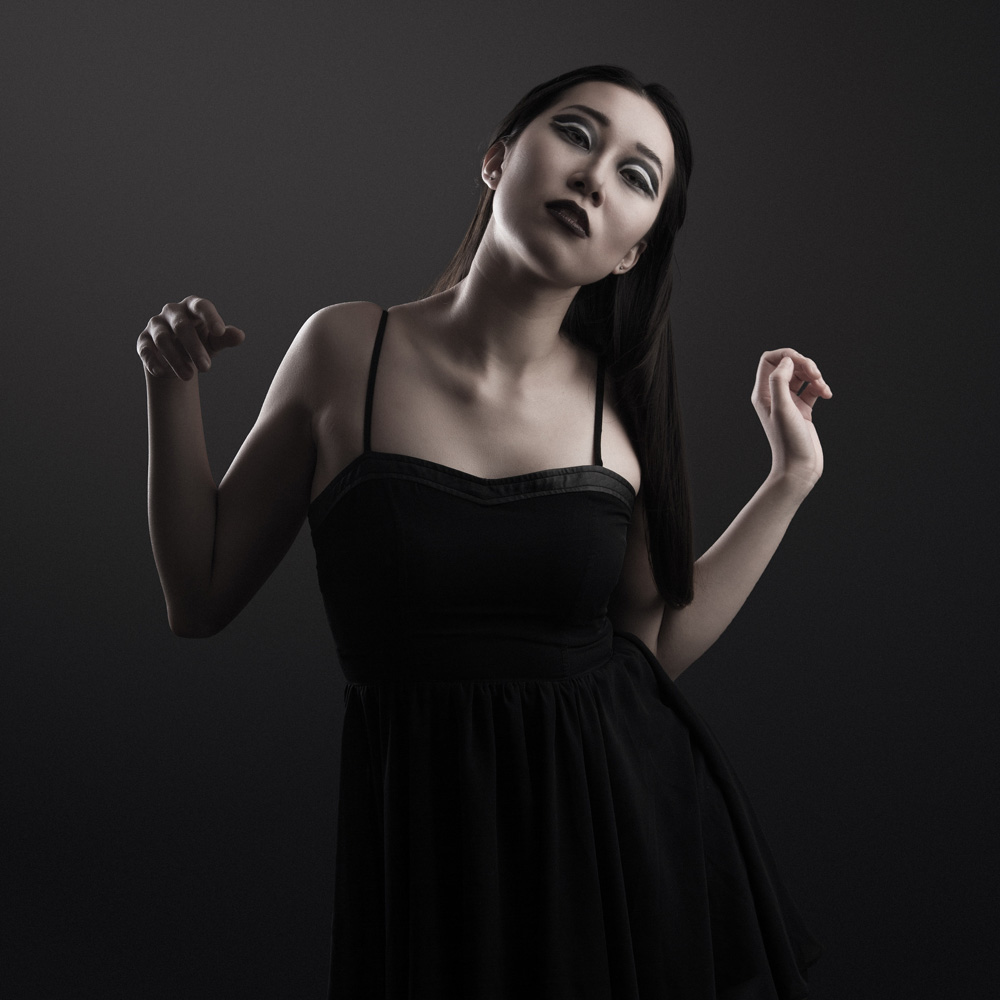Last Updated on 03/06/2015 by Chris Gampat
All images by Jason Arber. Used with permission.
Photographer Jason Arber spent a number of years as a print designer mostly creating record sleeves, including a limited edition boxset of Oasis singles in the shape of a cigarette box (and an even rarer version in the shape of a Vox amplifier), and a limited edition metal box version of Janet Jackson’s Design of a Decade. As the internet era arrived, he migrated into web design, creating sites for the BBC and MTV, and co-founding the hugely popular online design and culture magazine, Pixelsurgeon, with my illustrator and photographer buddy Richie May, who is a frequent collaborator to this day.
He now heads up Phantom Limb–specialising in moving image and photography. He is now represented in the UK as a photographer by Werewolf.
During our recent call for strobist style portraits, Jason reached out to us showcasing a specific project for a fashion label called Persons Unknown. But we also discovered lots more of his excellent and unorthodox portraiture.
Phoblographer: Talk to us about how you got into photography.
Jason: I got my first proper camera for my 18th birthday: an Olympus OM10 with a manual adapter, and being a creative sort of kid started creating, strange tableaux that were a cross between Bob Carlos Clarke and Duane Michals, two photographers I liked a lot back in the late 80s. I also liked Joel-Peter Witkin but struggled to get my hands on dead bodies to shoot!
After high school, I did a one-year art foundation course, which is recommended to kids in the UK who are thinking of studying an arts subject at university. It gives you a taste of different creative disciplines such as painting, sculpture, photography, print making and so on. Even though I was drawn to painting, I figured the chances of making a good living being a fine artist were slim to none, so I decided to go down the film and photography route, which is what I ended up studying at the University of Westminster in London. One of my best friends on that course was the fashion and portrait photographer Phil Knott, currently based in New York.
Once I graduated, I actually became a designer for many years, although I continually took photographs, often as part of my design work, such as record sleeves. But gradually the lure of film and photography was too great, and that’s how I make my living now.
Phoblographer: What attracted you to portraits?
Jason: For as long as I can remember, I have always been fascinated by faces. I love all kinds of faces. I love the way light falls on faces. I’m kind of obsessed by it, in fact. But I couldn’t tell you why. All I know is that without thinking about it too much when I got my first camera I immediately gravitated to shooting people and taking portraits. I’ve shot other genres of photography, but they leave me vaguely dissatisfied and I go back to shooting people again.
Phoblographer: Talk to us about the creative direction of the shoot for the Persons Unknown men’s fashion shoot. Exactly were you go for with the lighting and poses? Obviously it ha something to do with the brand and the market segment that they target.
Jason: With pretty much all my shoots, fifty percent is the planning and fifty percent is reacting to what’s in front of me on the day. With Persons Unknown, there wasn’t much of a brief, because I’d known Clare, the designer, for a long time and had shot some stuff for her previously and she trusted me to get a cool set of images. Her clothing has all kinds of clever detailing that I wanted to highlight, and makes the images a bit different, a bit edgy; so that was my starting point. I went into the shoot with some ideas in mind: various silhouettes that I wanted the models to incorporate, and a couple of lighting schemes that I wanted to try that would compliment the colours in the clothing. But the thing that tied it all together was casting the right models, who all bonded pretty well and made the shoot super fun, with them throwing in suggestions and shapes and ideas in a really collaborative way. It’s a great way to work.
Phoblographer: Where did the creative inspiration come from?
Jason: For this shoot the creative inspiration was a blend of the clothes themselves (which suggested lighting colour schemes and silhouettes for the models) and my own preoccupations with lighting and minimalism. Generally I like to reduce what’s in the frame to an absolute minimum: I like shooting in empty sets with no distracting backgrounds or competing props, focussing 100% on the subject and how they are lit. I think that Zen-like approach to my work, like a buddhist monk raking gravel in a Japanese stone garden, defines my work.
But my work is truly collaborative, so the make-up artists, models and stylists are all equal partners in making the image unique; and I’m like a film director where the overall tone and story is mine, but is built upon the skills of everyone involved.
Different kinds of shoots are all different, and pull creative inspiration from different places, so portrait shoots might be about pulling something to the surface that I saw inside the subject, some shoots are about creating a kind of vague and ambiguous feeling of sadness, and other shoots are more conceptual and pull inspiration from ancient myths, religious icons, Dutch painters and the movies of David Lynch. There’s no one way to do this, which is what keeps everything fresh after doing this for years!
I’ve found that Pinterest is an incredibly useful way to get inspired. Not in the sense of coming across images that I like and thinking, hey I’d like to do something like that; but more in the analysis of curating thousands of images and drawing out common themes, colours and obsessions. It can be quite revealing looking back over a couple of years of pinned images and realising you have an obsession with levitating people, forests and the combination of teal and red! Be seeing what’s piqued my interest over a long period of time has pushed me into new areas of photographic experimentation.
Phoblographer: Men’s fashion I personally feel is tougher to get right than women’s fashion. So what do you think gave this shoot the extra shabang to make the client happy?
Jason: I’m not sure I agree that men’s fashion is tougher than women’s fashion, it’s just slightly different, and I don’t tend to treat one differently from the other. In fact, I think in some instances shooting men can be easier, because you can highlight the creases and wrinkles in the face and guys generally don’t mind, which is not always the case when shooting women!
I was pleased with the Persons Unknown shoot, and it’s an example of everything coming together, and everyone involved bringing their A game. There’s a kind of magic when that happens that’s beyond any individual’s control. But I suppose ensuring that it happens more often than not is the sign of a good photographer!


